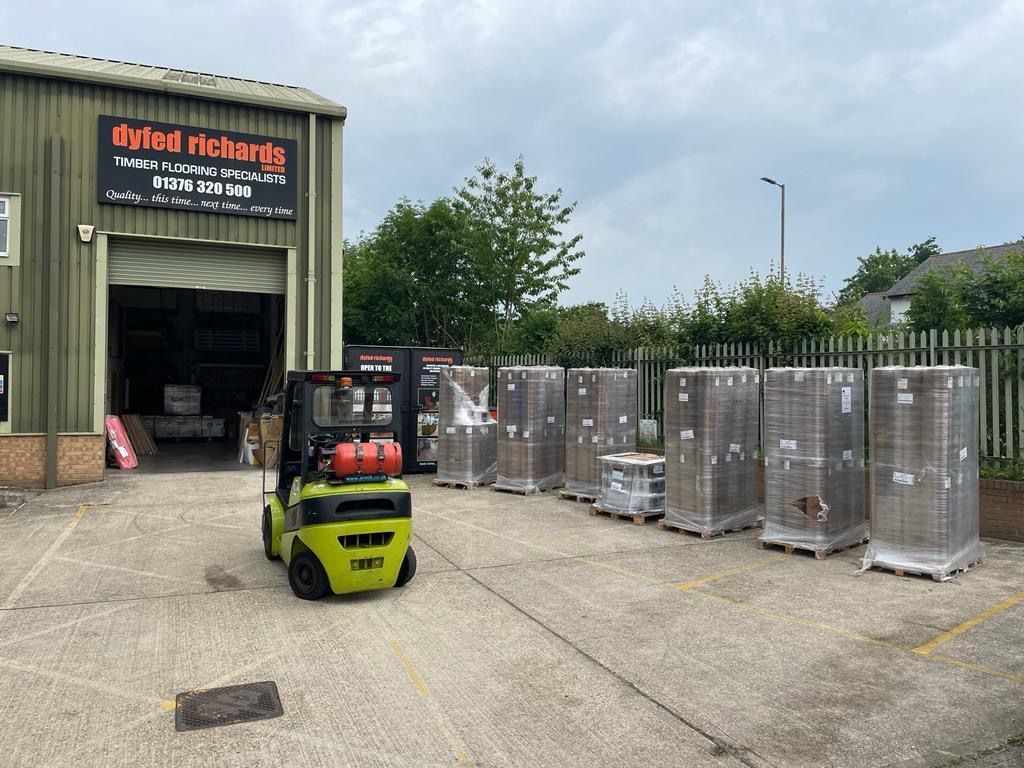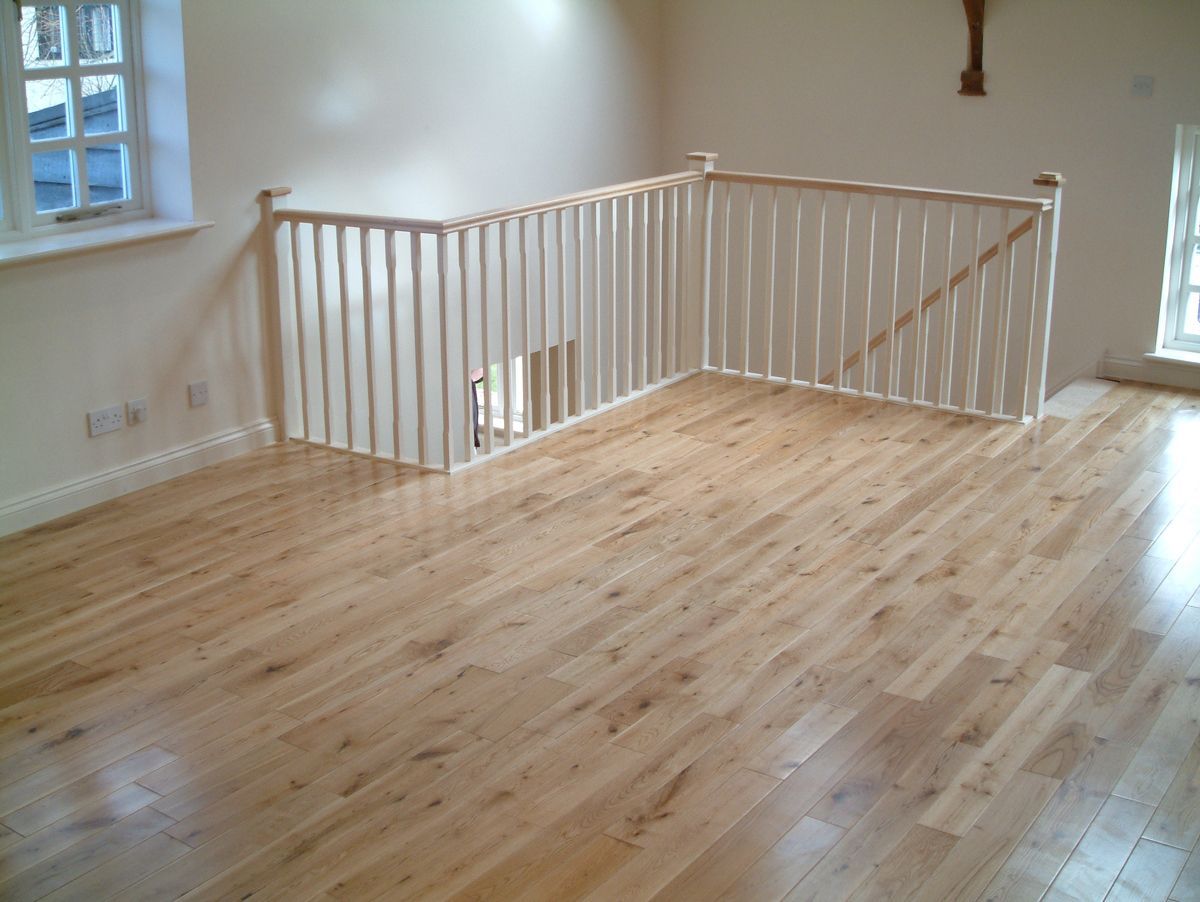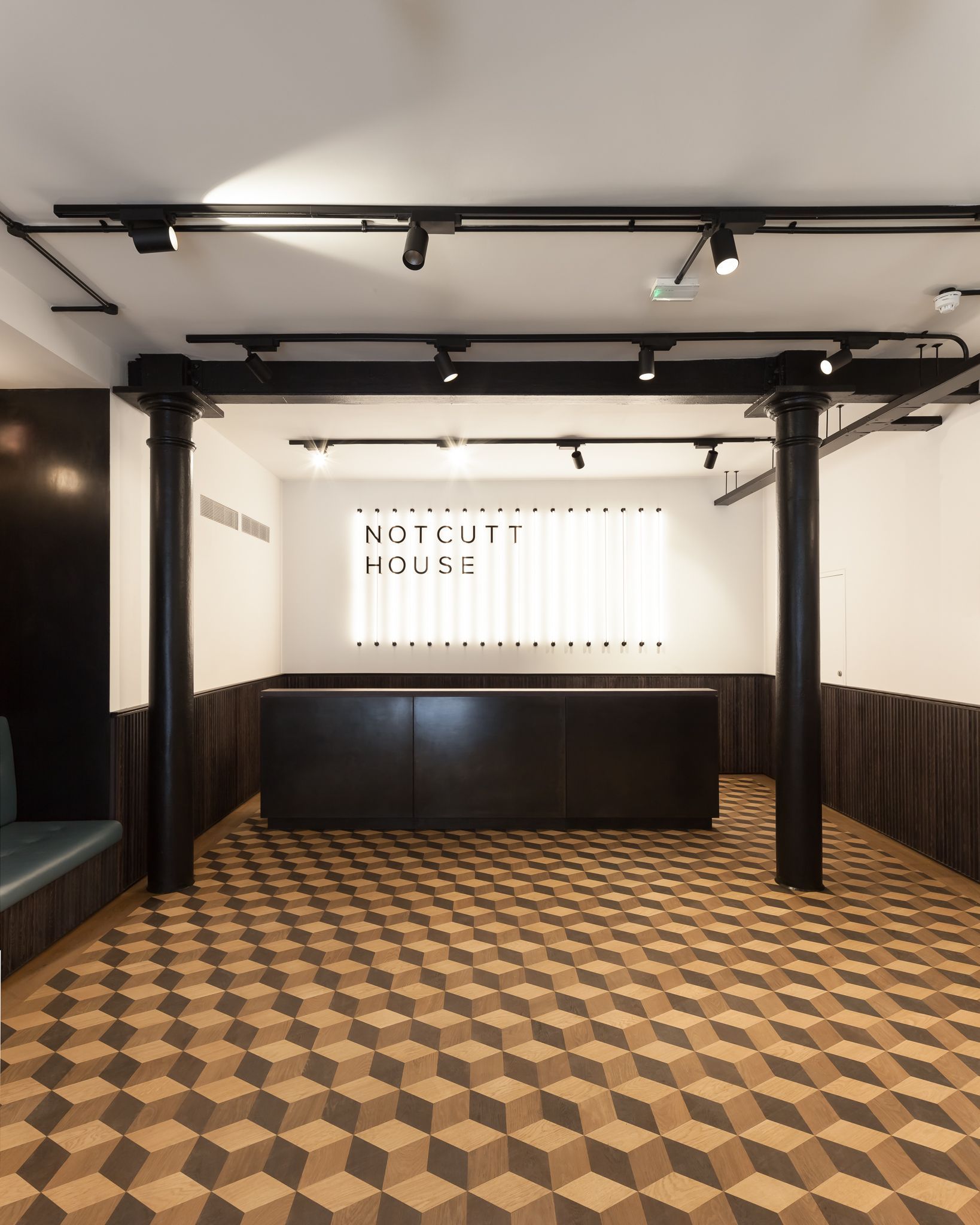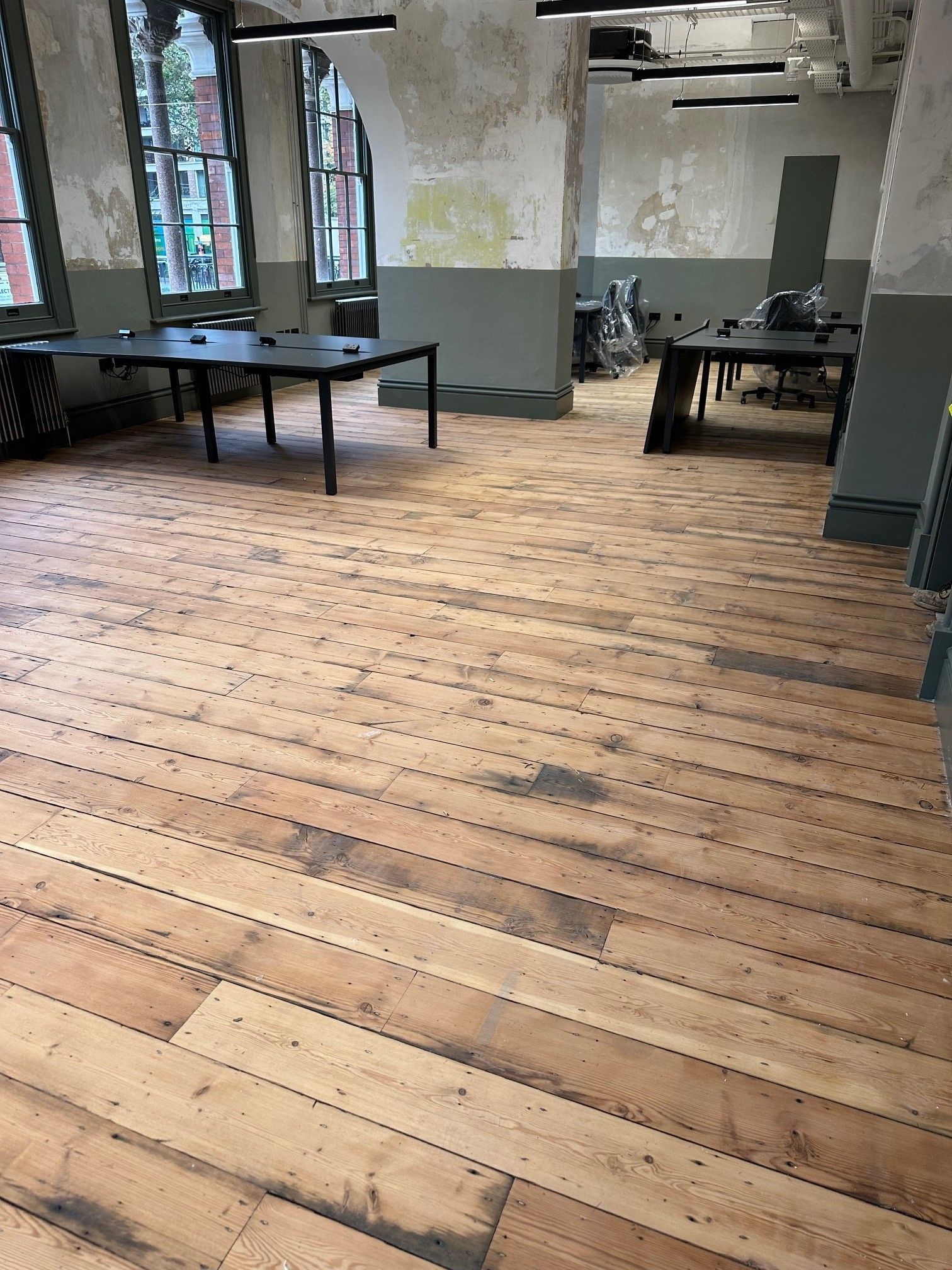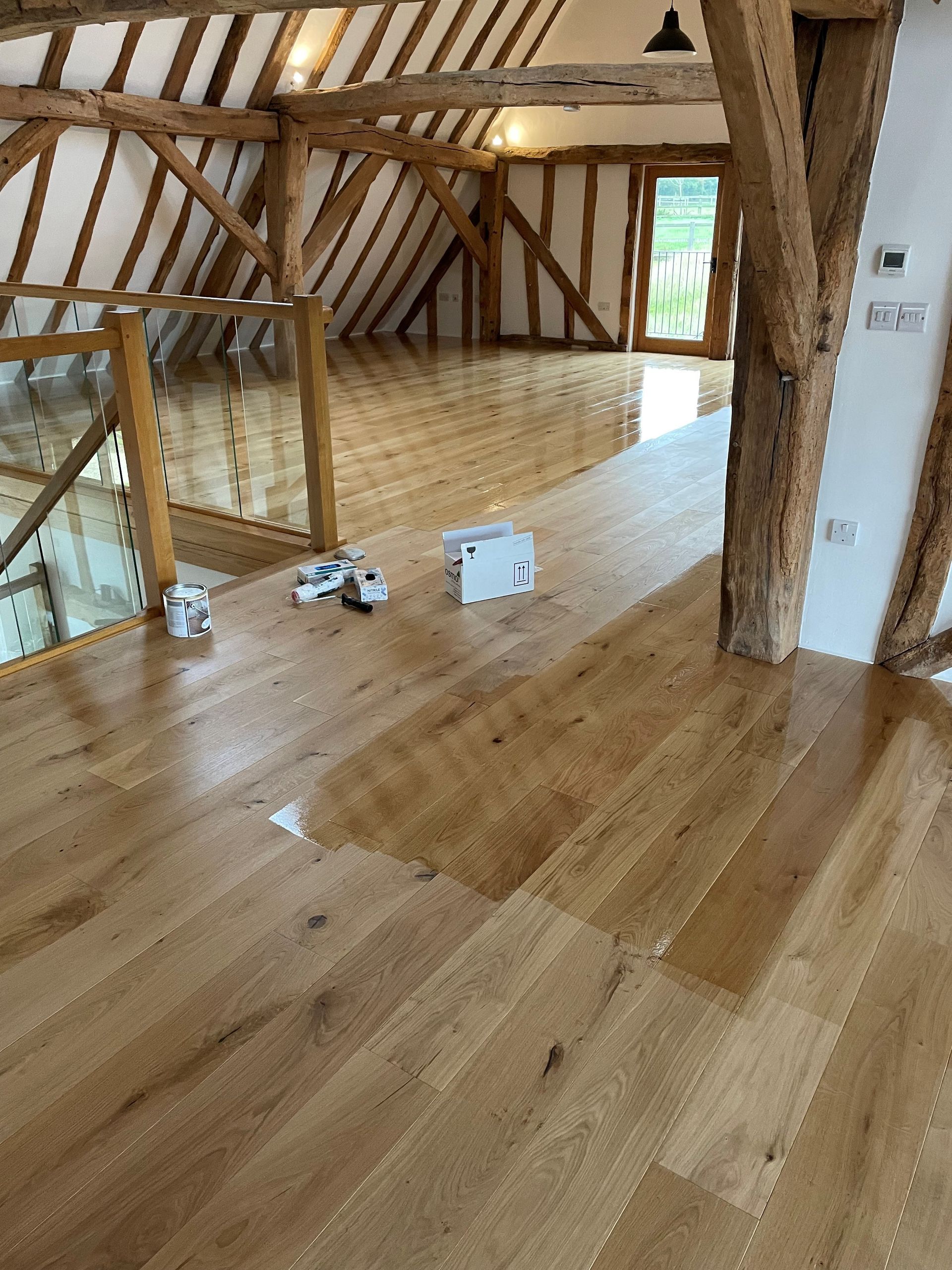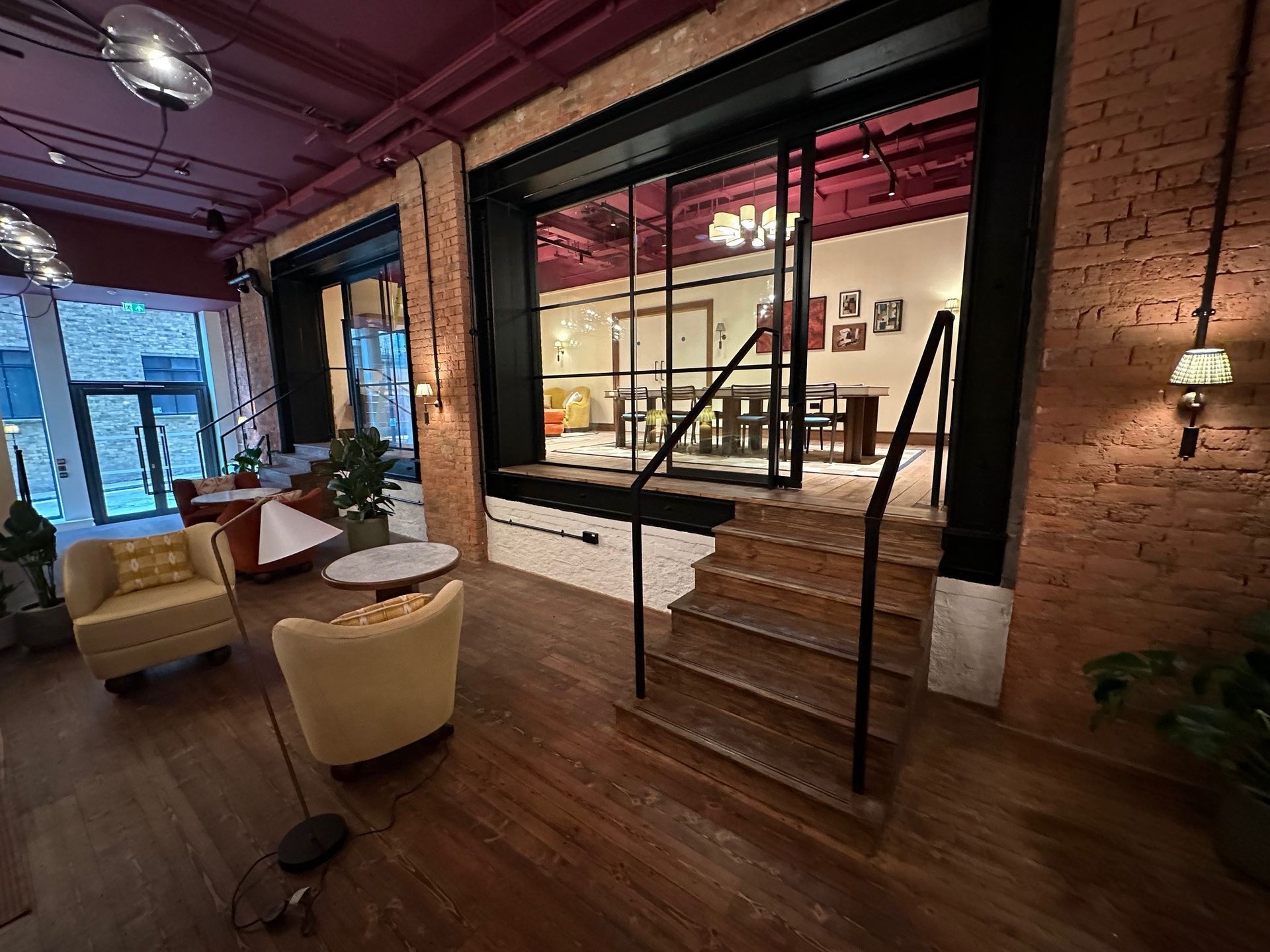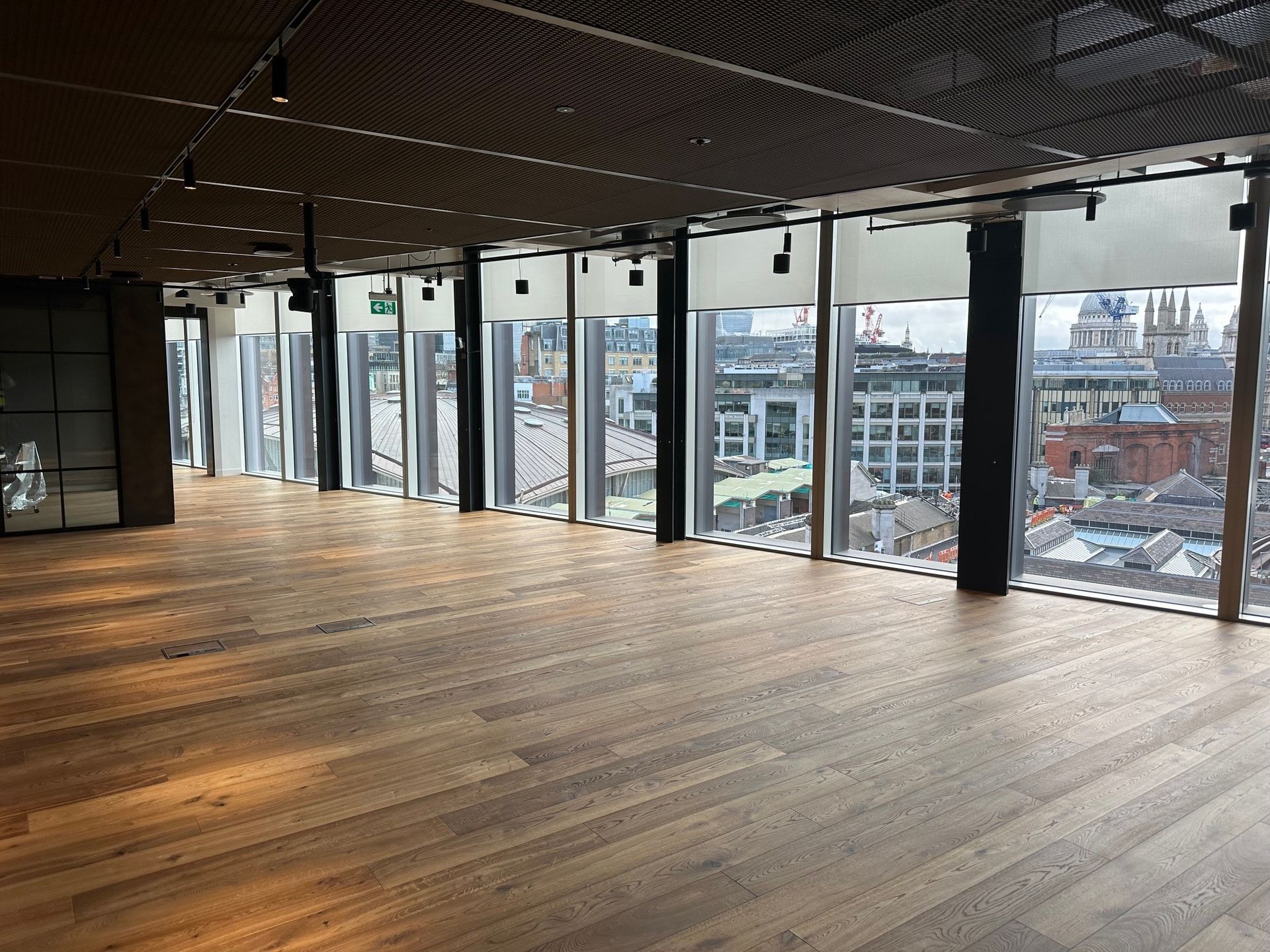Benefits of Engineered Wood Flooring in Modern Homes
Why Engineered Timber is an Ideal Choice for Contemporary Living Spaces

Engineered wood flooring has gained significant popularity in recent years, becoming a preferred option for many modern homes. Combining the natural beauty of hardwood with enhanced stability and practicality, this flooring type offers a compelling alternative to traditional solid wood floors. Understanding the benefits of engineered wood flooring can help homeowners, business owners and marketers make informed decisions when selecting the ideal floor covering.
What is Engineered Wood Flooring?
Engineered wood flooring consists of a top layer of real hardwood veneer bonded to multiple layers of plywood or high density fibreboard beneath. This layered construction improves the structural integrity of the floor and allows it to better withstand changes in temperature and humidity compared to solid wood.
Enhanced Durability and Stability
One of the most significant advantages of engineered wood flooring is its superior durability. The multi-layered base provides strength and resistance to warping or cupping, which can occur with solid wood floors in fluctuating climates. This makes engineered timber particularly suitable for modern homes where central heating or underfloor heating systems are common.
Because engineered wood is less prone to expansion and contraction, it can be installed in areas where solid wood might be unsuitable, such as basements or over concrete subfloors. This flexibility expands the possibilities for interior design and renovation projects.
Aesthetic Appeal with Versatile Design Options
Engineered wood flooring offers the same natural appearance as traditional hardwood, preserving the grain patterns and textures that give timber its timeless character. Available in a wide range of wood species, finishes and plank sizes, engineered floors can complement various interior styles from classic to contemporary.
The ability to refinish engineered floors, though generally limited compared to solid wood, adds to their longevity and adaptability. Homeowners can refresh the look of their floors without the need for complete replacement, making it a cost effective choice in the long run.
Easier and Faster Installation
Compared to solid hardwood flooring, engineered wood is often simpler and quicker to install. Its design allows for several fitting methods including floating, glue down and nail down installations. The floating method, where the floorboards are not fixed to the subfloor, is especially popular for DIY enthusiasts and reduces installation time.
This ease of installation can also minimise disruption in occupied homes or commercial spaces. Additionally, engineered wood can often be installed over existing flooring, saving time and expense during renovation projects.
Improved Environmental Sustainability
Engineered wood flooring can offer environmental benefits by maximising the use of timber resources. Since only the top veneer is made of solid hardwood, the underlying layers are composed of faster growing wood species or recycled materials. This reduces demand for slow growing hardwoods and supports more sustainable forestry practices.
Furthermore, many manufacturers adhere to environmental certifications ensuring responsible sourcing and manufacturing processes. For consumers concerned about ecological impact, engineered wood provides a more sustainable option without compromising on quality or appearance.
Cost Effectiveness and Value
While engineered wood flooring is typically more affordable than high grade solid hardwood, it still delivers the premium look and feel that timber flooring is known for. Its durability and ease of maintenance contribute to long term value by reducing the need for repairs or replacement.
For business owners and property developers, engineered wood offers a practical flooring solution that balances cost with aesthetic appeal, helping to enhance the overall property value.
Maintenance and Longevity
Engineered wood floors are relatively easy to maintain with regular cleaning and periodic refinishing where applicable. The stable construction reduces the risk of damage caused by moisture or temperature changes, helping to preserve the floor’s finish and structural integrity over many years.
By choosing engineered wood flooring, homeowners benefit from a resilient surface that adapts well to daily wear and tear while retaining its elegant appearance.
Conclusion
Engineered wood flooring presents a range of benefits for modern homes, combining durability, design flexibility and practical installation advantages. Its ability to withstand environmental changes better than solid wood makes it suitable for a variety of spaces including those with underfloor heating or higher moisture levels.
With its aesthetic appeal and sustainable qualities, engineered wood is an excellent flooring choice for anyone seeking the warmth and character of timber combined with modern performance. Understanding these benefits allows consumers and professionals alike to select flooring that meets the demands of today’s living environments.

